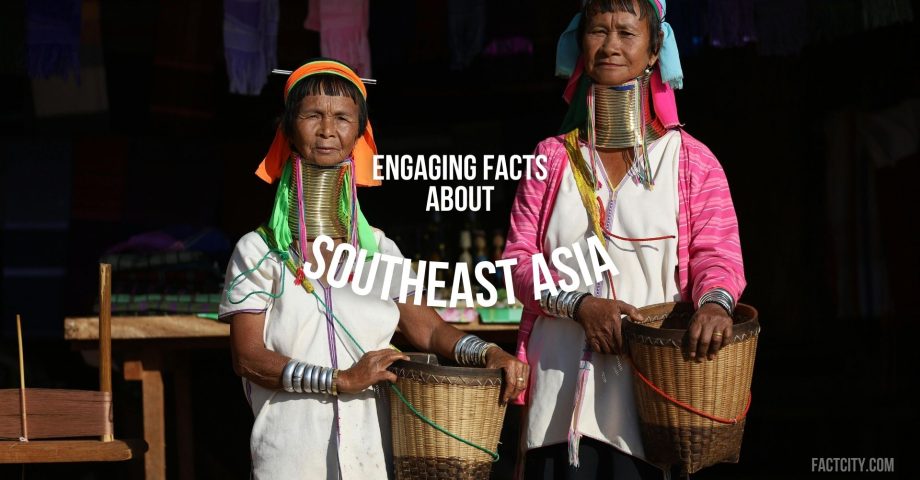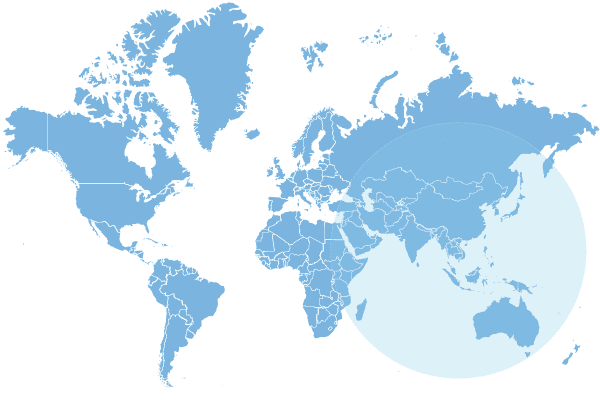Just south of China and to the East of India, you’ll find the Southeast Asian region – which, funnily enough, is in the south east of the broader continent. I promise you, the facts are going to be far more interesting and a tad less predictable from here on out!
This balmy region of the world is home to thousands of independent islands and several endangered animal species, and offers seafaring access to some of the biggest bodies of water around the globe. The region occupies a neat space between China and Australia – and in this fact file, I’m going to dive into some of the most interesting bits and pieces the area has to offer.
Whether you are planning to travel or already live in the region, here are some facts about Southeast Asia that might just surprise you.
1. Southeast Asia consists of 11 main countries.
Though there are thousands of different islands scattered across the Southeast Asian region, it’s home to 11 major countries, several of which you may have already visited (or are planning to jet off to!).
They include, in alphabetical order, Brunei, Burma, Cambodia, Indonesia, Laos, Malaysia, The Philippines, Singapore, Thailand, Timor-Leste, and Vietnam.
Remember those islands I keep referring to? There are more than 20,000 individual islands scattered around the Southeast Asian region. Can you explore them all? Let us know if you do!
2. It’s warm and rainy across the region.
Southeast Asia is famous for its warm yet precipitous climate, mainly thanks to the fact it’s positioned within tropical and subtropical zones. That means you can usually expect a monsoon climate here, with extended wet and dry seasons.
Thanks to its incredible climate and natural waterways, Southeast Asia is a hotbed for some truly fascinating ecological systems. It’s considered by many to be one of the most diverse regions on the planet, both in terms of biodiversity and in terms of societal culture.
3. A huge percentage of the world’s languages are spoken here.
For cultural diversity, check out this fact – it’s thought that there are six thousand different languages spoken across the world right now. In Southeast Asia, you’ll find people speaking at least one thousand of them! That means a sixth of all human languages can be heard somewhere within the region.
Intriguingly, languages across Southeast Asia are split into three different groups, or families. They include Tai, Tibeto-Burmese, and Austro-Asiatic. It’s thought that languages from nearby China, Taiwan, New Guinea, and Australia have had strong influences on the languages spoken across Southeast Asia going back centuries.
Interestingly, as you might expect, one of the official languages of the Philippines is Filipino – the other, among all these different dialects and tongues – is English!
4. There are many indigenous cultures in Southeast Asia.
Tying in with language diversity, it’s also thought that around two thirds of all indigenous communities and ethnic groups reside in Southeast Asia. That’s accounting for close to 700 million people at last count!
The region’s incredible climate for growing food, its proximity to water, and its convenient and accessible trade position have made it one of the most viable places on Earth for people to build communities.
5. It’s the coral reef capital of the planet.
And, let’s dive back into biodiversity for a second – quite literally, as there are abundant coral reefs across Southeast Asia. In fact, it’s thought that there’s more coral reefs and more biodiversity within them than anywhere else in the world.
That’s accounting for around a third of all animals and plant life you’ll find in coral across the globe. If you’re keen to know about the numbers, that’s around 600 different species. Incredible!
6. You’ll find the biggest flower on the planet in Southeast Asia.
If you prefer to take a look at biodiversity above the water, you’ll probably be interested to know that Southeast Asia is home to a plant that can grow what we believe to be the largest known flower on Earth.
That’s the flower belonging to the Rafflesia arnoldii, which can grow up to a staggering three feet or 0.9 metres wide!
However, this isn’t a flower you’d want to get too close to, or take home to your loved ones! It’s known infamously as the corpse flower – which is a name it’s gained thanks to its extremely foul stench, thought to be close to that of decaying bodies! It’s thought to expel this smell to appeal to flies – and it just might repel a few humans, too!
7. A huge percentage of people in Southeast Asia live on one island.
Yes, it’s weird, but true! There are almost 700 million people living in Southeast Asia right now, with data last updated at the start of 2025. However, a fifth of the area’s population are gathered in one specific place.
That’s Java! No – forget about coffee and coding for now – it’s an island within Indonesia, which is densely packed with people. Java is the 13th biggest island worldwide, which is just as well, because it manages to squeeze over 140 million people on top! This also accounts for around half the people in Indonesia, too – meaning Indonesia itself accounts for a huge chunk of Southeast Asia’s populace.
8. Southeast Asia is packed with marine habitats, but they might not last forever.
Marine biologists out there might already know that Southeast Asia offers up a smorgasbord of marine life – with around a third of all coastal and marine habitats found in and around the region. It’s little wonder, then, that there are so many coral reefs here – and, not only that, but that conservationists are keen to preserve the habitats here.
Sadly, marine life is under threat across Southeast Asia thanks to issues such as global warming and illegal fishing and poaching. Thankfully, there are several bodies and organisations set up to help protect the area and its stunning wildlife for generations to come.
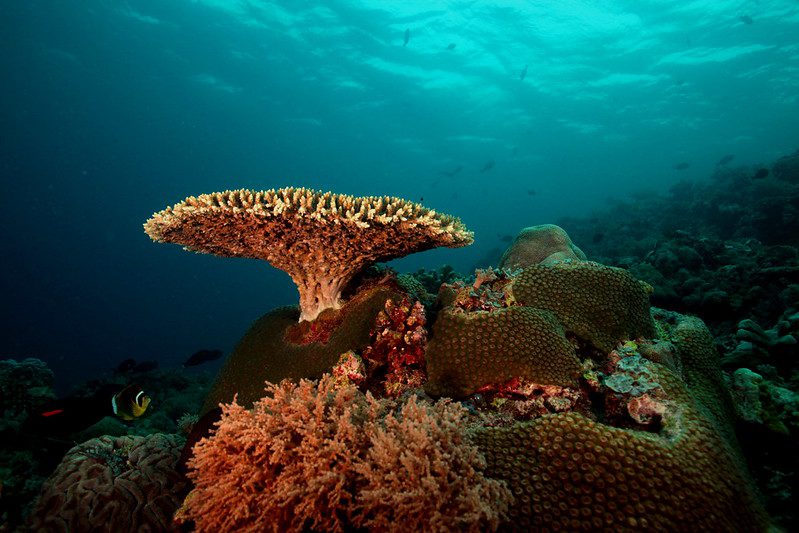
9. Southeast Asia has long been referred to as a region in its own right, even by close neighbours.
Going back centuries, the area we largely refer to as Southeast Asia has been grouped together under different names and terms, depending on where you are in the world. For example, in ancient Japan, the region was referred to as Nan’yō, and Southeast Asians themselves referred to it as The Land of Gold – Suvarnabhūmi!
Records from ancient China also reveal that the countries within Southeast Asia made up what was known as Nanyang.
10. It’s a highly religious region.
Countries across Southeast Asia are typically and highly religious, with the majority of people living there surveyed claiming that religion is very important to them.
Of people in Indonesia surveyed by Pew Research Center, almost all respondents claimed to believe in a God, or a higher power. 95% also pray daily. By contrast, 87% of Singaporeans believe in a deity, or the existence of one, yet only 43% pray every day. Thai people appear to pray even less, with 30% practicing worship this way.
Interestingly, and happily, Pew Research’s data also shows that the majority of Southeast Asian people surveyed would welcome people from different religions and communities to live alongside them as neighbours.
11. Despite the number of animals, languages, and people here, Southeast Asia makes up relatively small land area.
This number sounds like a lot – 4.5 million square km, or 1.7 million square miles – but the total land area of Southeast Asia only accounts for about 3% of the entire planet’s land mass. It also accounts for around 8% of the Eurasian region, with almost 9% of the world’s population living within this scope.
And yet, for all the area is packed with people, it’s still only the third most densely populated region in Asia. South and East Asia, respectively, have more people – baffling but true! Southeast Asia has around ten times as many people as we do in the UK.
12. There are important traces of early human life here.
Archaeological evidence across Southeast Asia shows us that early people, or Homo erectus, lived in the region as long ago as 1.5 million years! Further human races such as Homo floresiensis also lived in Southeast Asia, and much more recently – though they had died out 50,000 years ago.
Further diaspora studies suggest there may have been a single, mass migration of peoples from Africa thousands of years ago, with several thousand splitting off to travel toward China (and therefore boost its current diversity).
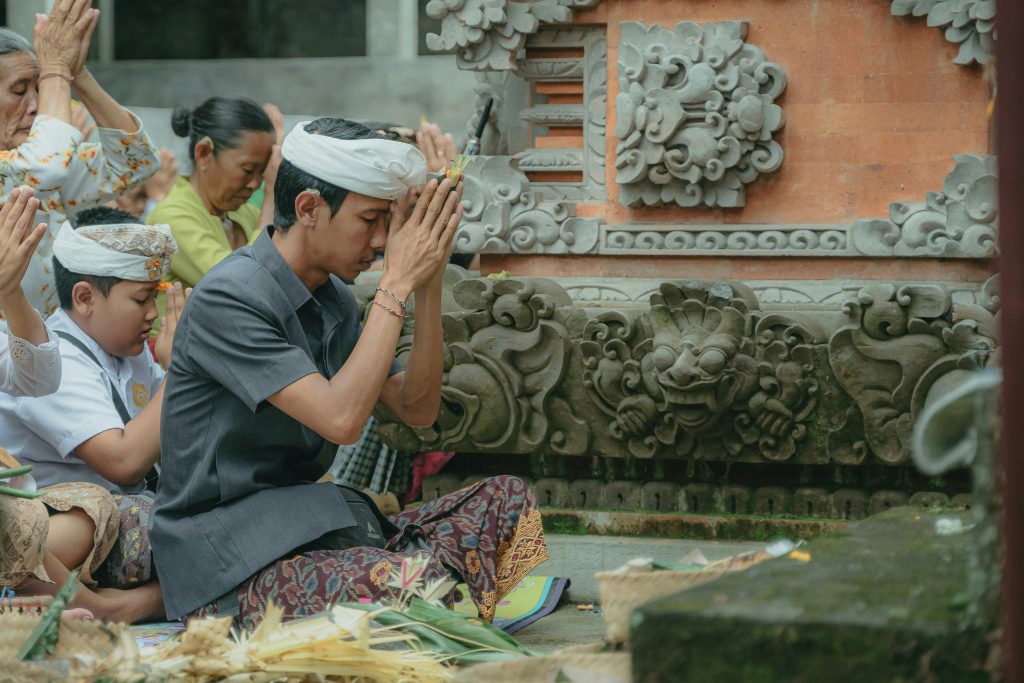
13. The area makes a great holidaying spot for birdwatchers.
Let’s get back to animals and biodiversity! It’s not just plant life and creatures under the sea that you should be watching for in Southeast Asia. It’s reportedly home to around 20% of all bird species on Earth – with many calling different national parks and reserves home.
There are said to be more than 3,000 bird species that live in Southeast Asia, with several even being endemic – you won’t find them anywhere else on the planet.
If bird spotting is high on your list of holiday activities when travelling to Southeast Asia, make a beeline for Indonesia, where you’ll likely find around half of the total number of species! Gotta spot ‘em all!
14. Myanmar has a spectacular dry zone that’s at odds with the rainy climate elsewhere.
Within the vast shadow laid out by the Arakan Mountains, Myanmar’s famous dry zone is one of the most arid spots across Southeast Asia. It’s here where you’ll only expect a low point of around 24 inches of rainfall per year!
That said, if you venture towards the south coast of Vietnam, you’ll also find spots where rain falls between 16 and 31 inches annually. Monsoons are weaker down here, and temperatures tend to get pretty sweltering!
15. Some areas of Southeast Asia are at risk from sinking.
Several cities across the region experience mass flooding and sink risks thanks to the rising sea level around the islands. Jakarta, for example, sinks at a rate of up to 11 inches per year! This has become such a problem that Indonesian officials are building an entirely new capital city, Nusantara, projected to complete by 2029.
The Philippines experiences rising sea levels at triple the rate of the average experienced anywhere else on Earth!
16. Two of the region’s countries use the US Dollar.
Yes – believe it or not, there are two countries in Southeast Asia that actually use USD as an official currency. While Cambodia does also trade in the Riel, it also trades in USD, while East Timor, or Timor-Leste, only accepts payments (and pays wages) in the American currency.
Interestingly, according to recent resorts, Timor-Leste also has one of the lowest rates of inflation across the region, with Myanmar suffering with the highest rates at the time of writing.
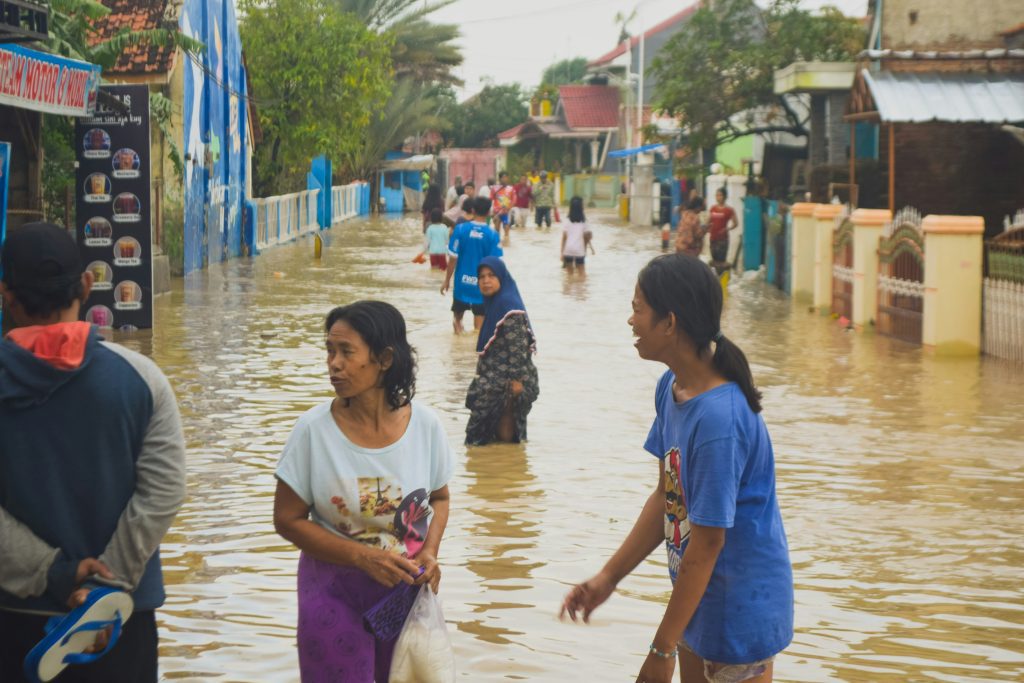
17. Vietnam is extremely narrow in places!
Vietnam is a fascinating country not only from a cultural standpoint, but also from the perspective of how its borders are drawn. It’s around 1,700km or 1,050 miles long, but at its thinnest point – where it tapers – it’s only about 50km or 31 miles wide!
That means, at a leisurely drive, you could easily get from one side of Vietnam to another within an hour. Sometimes you’re lucky to take that amount of time getting out of London!
18. It’s a wonderful spot to spy orangutans.
Orangutans are some of the most intriguing and majestic ape species on the planet. And yet, they’re regrettably under threat as an endangered species. Much of their endangerment is said to be related to the harvesting of palm oil.
Southeast Asia offers you the only opportunity to see orangutans in the wild, in their natural habitat, while the remainder are in conversation or captivity. Specifically, you’ll find them living in Gunung Leuser National Park, which is home to 129 other species of mammals.
It’s thought that the number of orangutans left in the wild is as low as 50,000 primates. That’s also considering up to 3,000 orangutans are killed every year. Thankfully, organisations such as the Orangutan Conservancy are working to fight back against the 80% of habitat these animals have already lost.
19. Southeast Asia is home to the majestic Mekong.
The Mekong is a truly stupendous river system that’s also the longest of its kind in the Southeast Asian region. It travels for around 1,500 miles or 2,400 km through Laos, Cambodia, and Vietnam.
But, that’s not everywhere it travels! Before reaching these countries, it’s already traversed the southern reaches of China for at least 1,200 miles or 1,930 km!
20. There are three main religions across Southeast Asia, but their reach varies per region.
The main three religions across Southeast Asia are Buddhism, Islam, and Christianity. However, you are more likely to find practicing Muslims towards the southern Philippines, across Malay, and into Indonesia.
That said, there is also a strong Catholic presence in the Philippines and Vietnam, with some local protestant groups. What’s also fascinating is that Hinduism is largely practiced in Bali, Indonesia, with some animism beliefs spreading into Myanmar and Laos.
Islam now accounts for more than 40% of religious beliefs across Southeast Asia, with Buddhism accounting for 28%, and Christianity 21%. Only 5% of people in the region consider themselves atheist, or non-religious.
In fact, fewer people observe Hinduism than consider themselves atheist – despite the region being predominantly religious!
21. The region is really into football!
Southeast Asia is absolutely crazy about association football – with the AFF Championship being the biggest draw between countries across the region. Thailand remains the most-decorated of all the national teams in this cup, and has also made the most appearances from the region in the wider AFC Asian Cup.
However, the only Southeast Asian team to have participated in the FIFA World Cup is Indonesia, back in 1938, taking part as the Dutch East Indies. Here’s hoping there’s more representation in the qualifiers at the next World Cup!
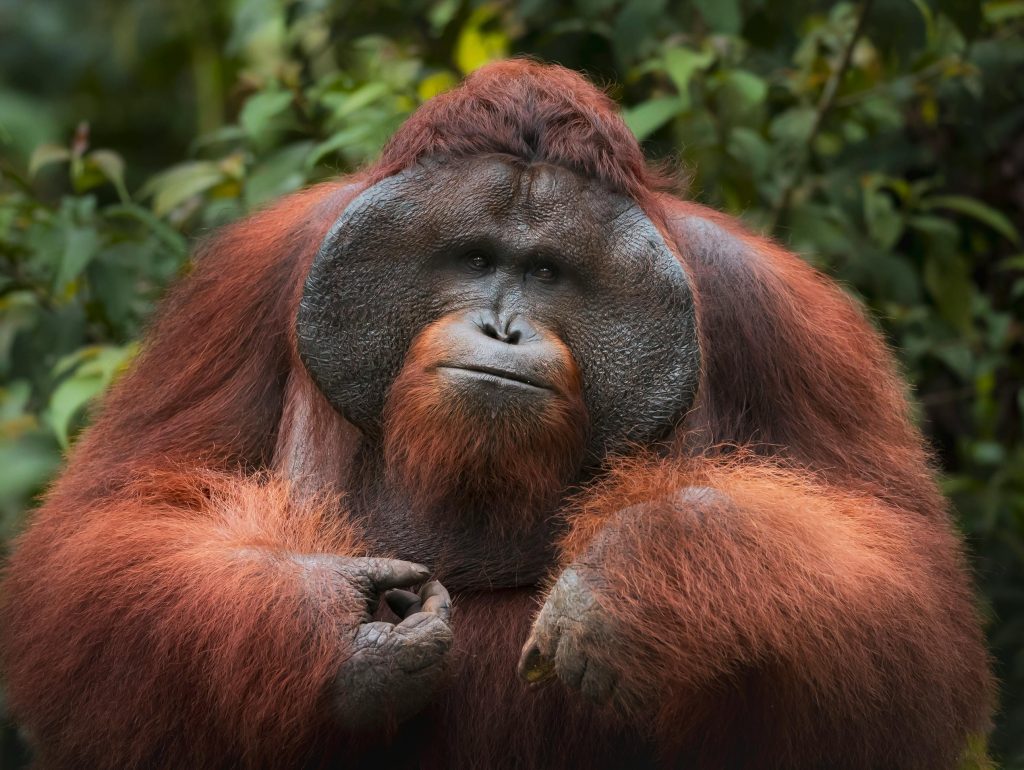
FAQs About Southeast Asia
Is India in Southeast Asia?
No – India is located in South Asia, along with Sri Lanka, Pakistan, Bangladesh, Nepal, Bhutan, Afghanistan, and the Maldives. Southeast Asia – as confusing as it might sound – is east of India and all these countries!
What languages do people speak in Southeast Asia?
Southeast Asia is replete with lots of different languages and dialects! You’ll find that people across this region speak English, Malay, Khmer, Indonesian, Thai, Filipino, Vietnamese, Papuan, Tai-Kadai, and many more!
Is Japan part of Southeast Asia?
No, Japan is technically part of East Asia, along with countries such as Mongolia, China, North and South Korea, and Taiwan. It is to the north of Southeast Asia. Japan is also somewhat removed from the rest of Asia, drifting off the mainland and bordered by the Sea of Japan.
Do you know any fun facts about Southeast Asia? Share them in the comments below!
